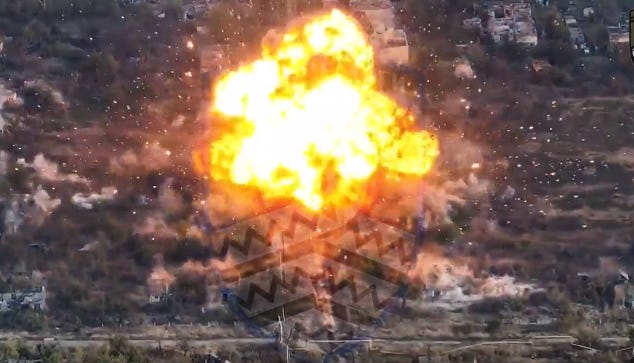'No Other Result Should Have Been Expected'
Avdiivka and the gambler's fallacy

In the classic gambler’s fallacy, or the fallacy of the maturity of chances, the model gambler believes that a particular event — say, the roll of 2 on a pair of dice — happening more frequently today than yes…
Keep reading with a 7-day free trial
Subscribe to Polemology Positions to keep reading this post and get 7 days of free access to the full post archives.

